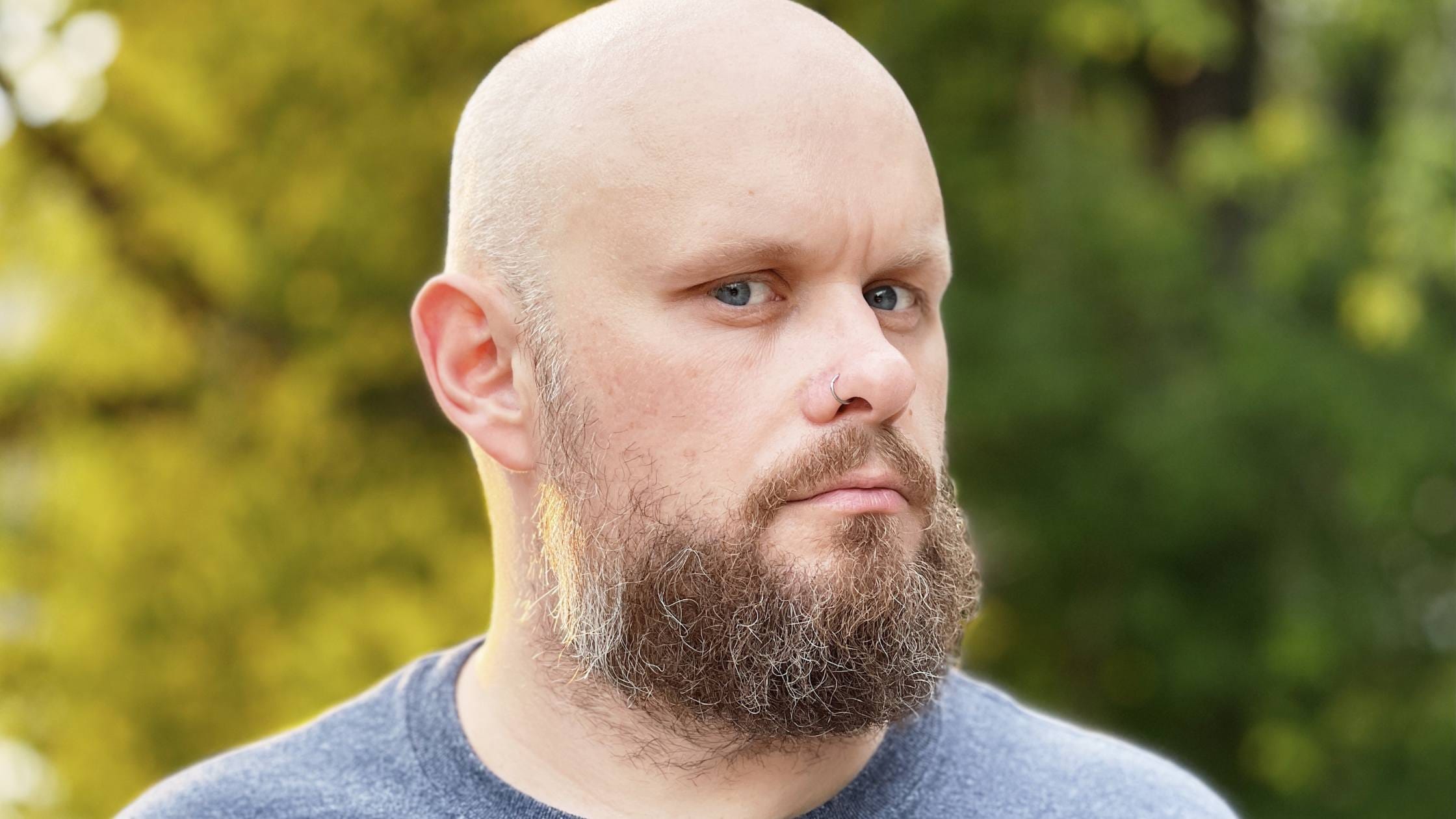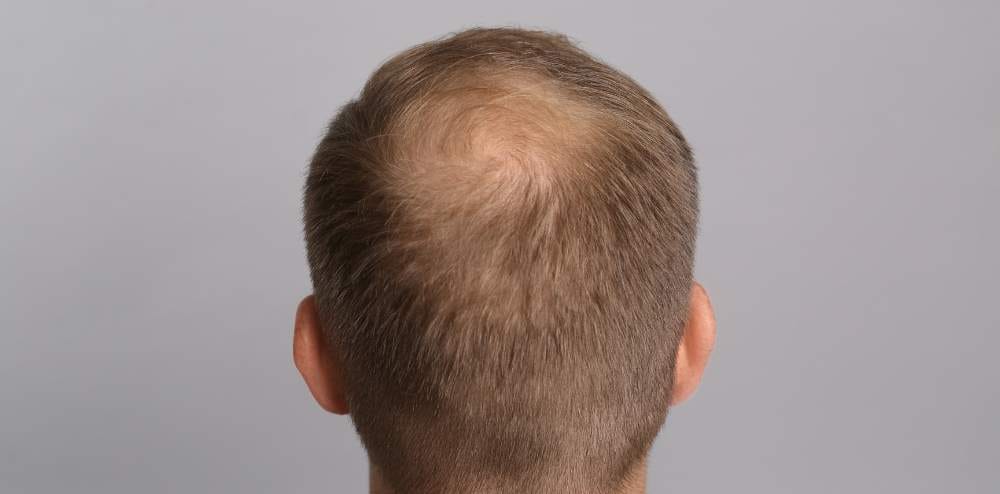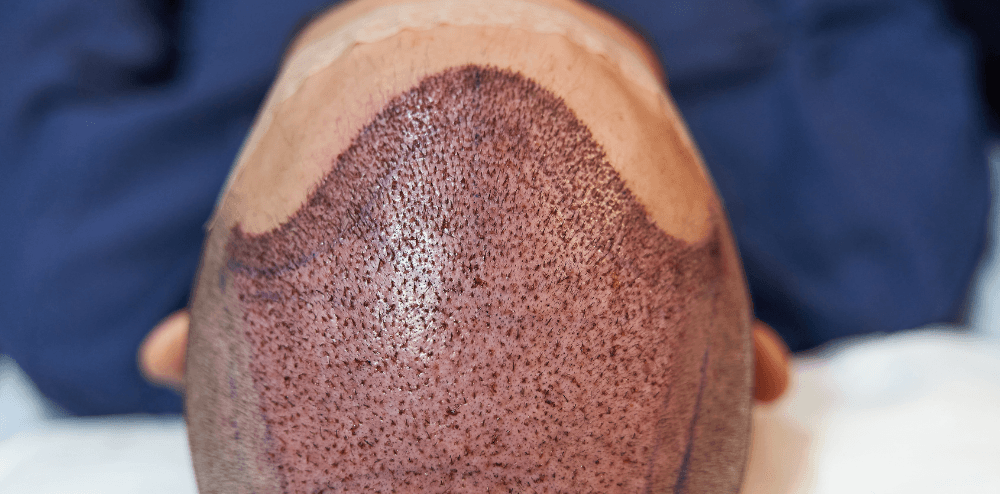The process of hair growth is complicated and has many steps. If you know about these steps, you can figure out why your hair might be falling out or not growing as fast as you would like. This blog post will talk about the four stages of hair growth: the anagen, catagen, telogen, and exogen stages.
Phase 1: Anagen Phase
The first step of hair growth is the anagen phase. During this time, the hair follicles are growing and making new hair strands. Depending on genes and other things, the anagen phase can last anywhere from two to six years. The length of your hair depends on how long the anagen phase is. This stage is important for good hair growth, and things like nutrition, hormonal imbalances, and stress can affect it.
Phase 2: The Catagen Phase
The catagen phase comes after the anagen phase for hair cells. This is a time of transition that lasts about two weeks. During this time, the hair follicles stop making new hair, and the hair shaft starts to get thinner. The hair shaft breaks away from the dermal papilla, which gives it the nutrients it needs to make new hair. This causes a club hair, which is a dead hair that doesn’t grow and stays in the shaft until new hair grows and pushes it out.
Phase 3: Telogen phase
The telogen phase is when hair growth slows down. During this time, the hair follicle is inactive, and no hair growth is happening. The club hair will finally fall out during the telogen phase, which can last up to six months. This is a normal part of how hair grows, so you shouldn’t worry about it.
Phase 4: Exogen Phase
The last step of hair growth is the exogen phase. During this stage, the club hair is pushed out of the pore, and a new hair strand starts to grow. The exogen phase and the telogen phase can happen at the same time. This means that while new hair is growing, the old hair is still falling out. This can cause some hair loss, but it’s a normal process that’s needed for hair to grow in a healthy way.
Stages of Hair Growth After a Hair Transplant
After a transplant, it can take a long time for hair to grow back. Let’s talk about the different stages of hair growth after a transplant.
Stage 1: The phase of resting
The resting phase, also called the telogen phase, is the first step of hair growth after a transplant. After a transplant, this phase normally lasts for about three months. During this time, the hair follicles that were transplanted stay dormant, and there is no growth on the scalp. This is normal and to be expected, since the body needs time to heal from the transplant treatment.
Stage 2: The Phase of Growth
After the resting phase, the hair cells that have been transplanted go into the growth phase, also called the anagen phase. During this time, the hair follicles start to make new hair shafts, and the scalp shows signs of growth. But the rate of growth can be different for each person, and it can take up to a year for hair to reach its full potential.
Stage 3: The Shedding Stage
When hair begins to grow, it can go through a shedding phase called the catagen phase. The hair shafts weaken and fall out because this is a normal process. This is a short-term phase that could last up to six weeks. Hair loss is an important part of the growth cycle. It shows that new hair follicles are making room for better, healthier hair growth.
Stage 4: The Growth Phase Again
The hair glands will start making new hair again after the shedding phase. This is a process that goes on all the time and can take several years. It’s important to remember that the new hair growth may not be as thick or dense as the original hair, but it can get thicker and fuller over time.
How to Get Hair to Grow Back After a Hair Transplant
Follow a Healthy Diet: A healthy diet that is full of vitamins and minerals can help hair grow and stay healthy.
Don’t smoke or drink booze. Both can slow hair growth and make it take longer to heal after a transplant.
Protect Your Scalp: Keep the sun, dust, and pollution away from your scalp if you want good hair growth.
Use a Mild Shampoo: Use a mild shampoo to keep the hair cells from getting damaged and to help hair grow in a healthy way.
Understanding the different stages of hair growth—anagen, catagen, telogen, and exogen—can help you figure out why your hair might be falling out or not growing as fast as you’d like it to. It’s important to keep in mind that hair growth is a complicated process that can be affected by many different things.
It can take a long time for hair to grow back after a transplant, so it’s important to be patient and live a healthy life to help hair grow back well. Learning about the different steps of hair growth can help you get ready for what’s to come and make sure you get the best results after a transplant. Make sure to talk to a qualified hair transplant surgeon to get the best help and direction for your situation.







